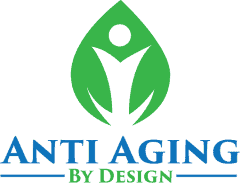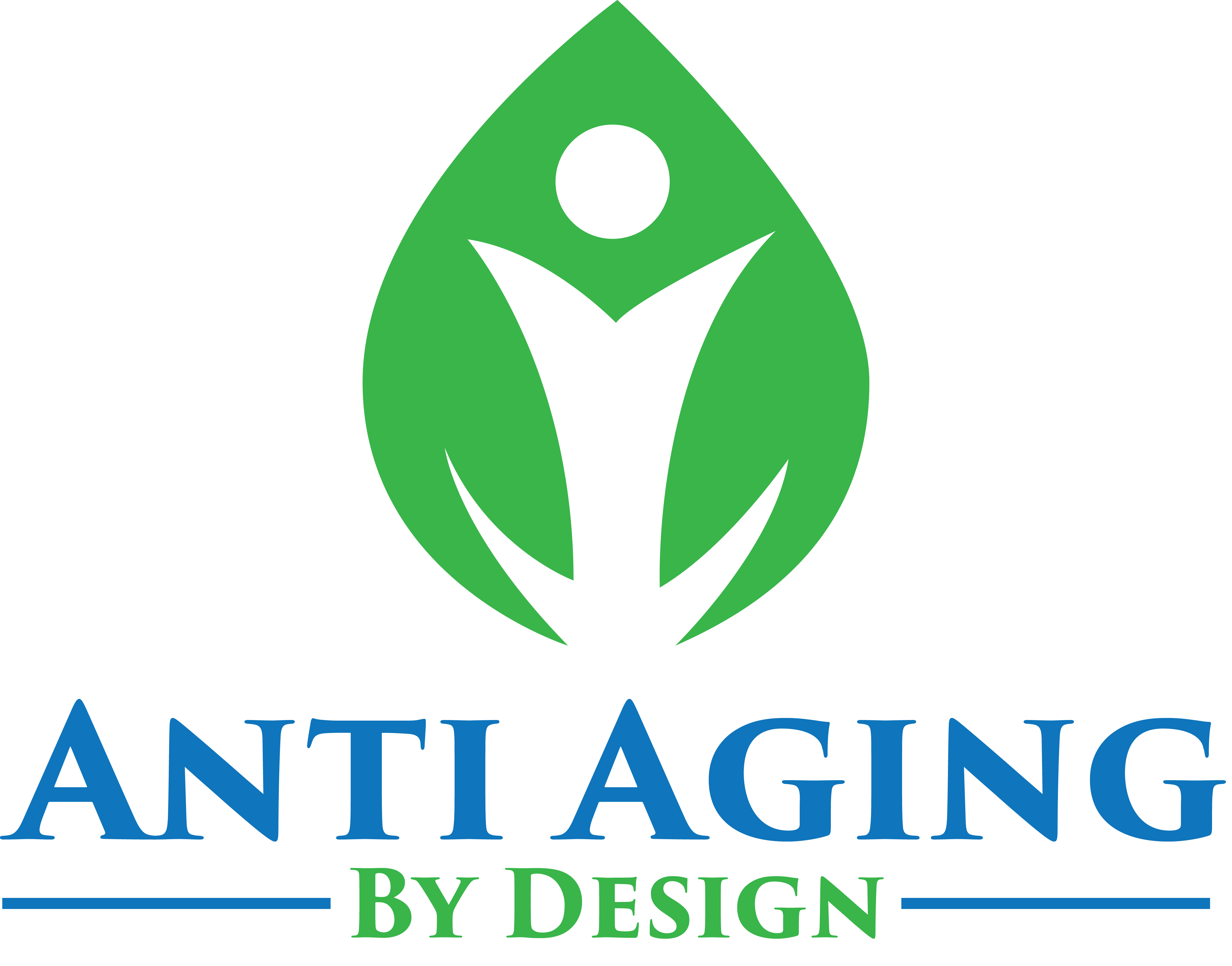Would you feel better knowing that your tap water filter is getting rid of all the harmful chemicals it is targeted to do? After you read this article, you will!
The Real Dirt on Clean Water
Does it seem like healthy people are getting sick and there are in general a lot more illnesses and diseases today? We know that there are many more chemicals in use today than there were even 30 years ago. In fact, the U.S. Environmental Protection Agency (EPA) recently announced that they established a “Chemicals of Concern” list and are increasing measures to protect human health. Is there a connection?
Here are the facts:
More than 300 agricultural and industrial pollutants were found in tap water of 45 states according to an Environmental Working Group study. Many of these pollutants do not have tap drinking-water safety standards.
Up to 20% of lead exposure originates from drinking water – in infants and children the risk is reduced IQ, learning disabilities and impaired growth, in adults the risk is kidney problems, nerve disorders and high blood pressure
Public water utilities violate the Safe Drinking Water Act (more than 700,000 times in the past 7 years)
What is in your drinking water?
1) Disinfection by-products: we know that if you have long-term exposure you may have an increased risk of cancer or liver, kidney or central nervous system problems
2) Heavy metals – associated with behavioral problems and learning disabilities
3) Agricultural pollutants – increased risk of cancer and eye, liver, kidney, spleen, blood and nervous system problems
– Atrazine is one of the most frequently detected pesticides in ground water, surface water, and drinking water; it is outlawed in Europe and 70 million pounds are used per year in the U.S.; long-term exposure may cause cardiovascular and reproductive problems
4) Industrial pollutants – long-term exposure may cause increased risk of cancer and blood, nervous system, kidney and liver problems.
– Benzene: up to 6 million pounds are released into the U.S. each year; long-term exposure may cause anemia, decreased blood platelets and increased risk of cancer
Problem:
We need to disinfect our public drinking water in order to control waterborne disease. The problem is that the chemicals used can form by-products in our treated water that increase the risk of cancer.
Bottled Water not the answer
1) 100s to 1,000s more expensive than tap water
2) bad choice for the environment
– 1.5 million barrels of oil are used to make bottled water each year
– 1,640,000 tons of packaging waste
– only 34% of water bottles are recycled
3) may not be contaminant free – 10 popular brands had a total of 38 contaminants
Answers:
1) Educate yourself: go to epa.gov/safewater/ccr to learn what is in your water
2) Look for tap water filter systems that are independently certified to reduce contaminants that are hazardous to your health
3) Filter your own water and use a re-usable water bottle – enjoy cleaner, healthier water and help the environment
To learn more about the most effective and affordable water filtration systems, visit our clean and safe tap water filter page.
Sources: ewg.org/tap-water/executive-summary; EPA.gov/ogwdw000/hfacts.html; epa.gov/safewater; epa.gov/lead/pubs/leadinfo.htm
*Get Clean Water is certified by the Water Quality Association (WQA) that is more comprehensive than NSF certified.



Pingback: Drinking Water Filters Review
The fact that the EPA is regulating tap water gives us this information. You can always use a filter to remove fluoride or chlorine.
Pingback: Bottled Water Concerns